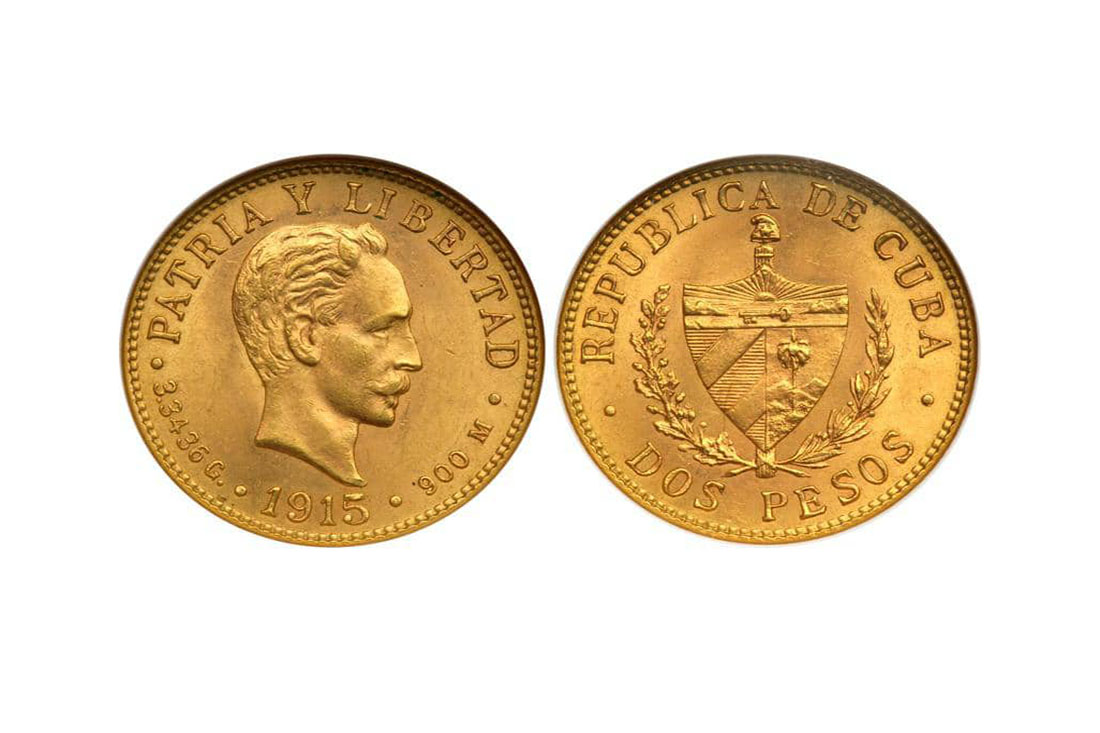The Cuban currency was approved on October 29th, 1914. The Economic Defense Law, in its chapter III, provided for the creation of the national currency. The premiere of the coins with the Coat of Arms of the Royal Palm occurred in 1915. In Camagüey on May 6th, 1915, the first Cuban coins arrived, a new element of national identity.
The aforementioned law established that the banknotes and coins issued by the Republic in Arms should be considered as war coins or souvenirs given their small volume and their even smaller scope of circulation. It matched the North American currency to the national currency and eliminated the Spanish and French currencies from circulation, said researcher Julio César Mascarós.
The main virtue of the creation of the Cuban currency was to introduce a certain order in the monetary chaos of those times, in addition to behaving as a sign of identity. The first coinage was made on March 9th, 1915, as a total value 31,207,201 pesos were minted, distributed in 23,789,010 corresponding to gold coins, 6,662,300 silver and 755,891 nickel and started to circulate on April 2nd of that same year.
In Camaguey
On May 6th the first Cuban coins arrive in Camagüey. A remittance of $52,000.00 in gold, silver and nickel is received by the Cuban National Bank branch; this institution was a private company that went bankrupt in 1920.
The branch building was built on the corner of Cisneros and Hermanos Agüero streets.
The first coins were minted with the effigy of José Julián Martí Pérez. Strong opponent in 1891 at the Monetary Conference of the Americas of the economic union proposed by the United States with a common currency for all commercial transactions in all the states of Latin America.
The minting of gold coins did not alter the means of payment. They were entirely determined by private bank credit. In 1933, at the time of the deepest crisis worldwide, the United States demonetized gold coins and Cuba did the same.
Steps up to 1960
It was not until 1948, on December 17th, that the Cuban National Bank was created, approved by Law no. 13. On April 27, 1950, it was inaugurated. After the revolutionary triumph in the meeting held on July 6th, 1960, the Council of Ministers approved the law no. 851 of banking nationalization.
Bibliography
Mascarós, Julio C. (2004) Historia de la banca en Cuba (1492-2000).Editorial Ciencias Sociales, La Habana, Cuba.
Translated by: Aileen Álvarez García






